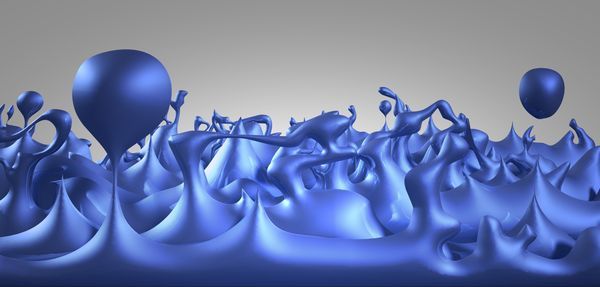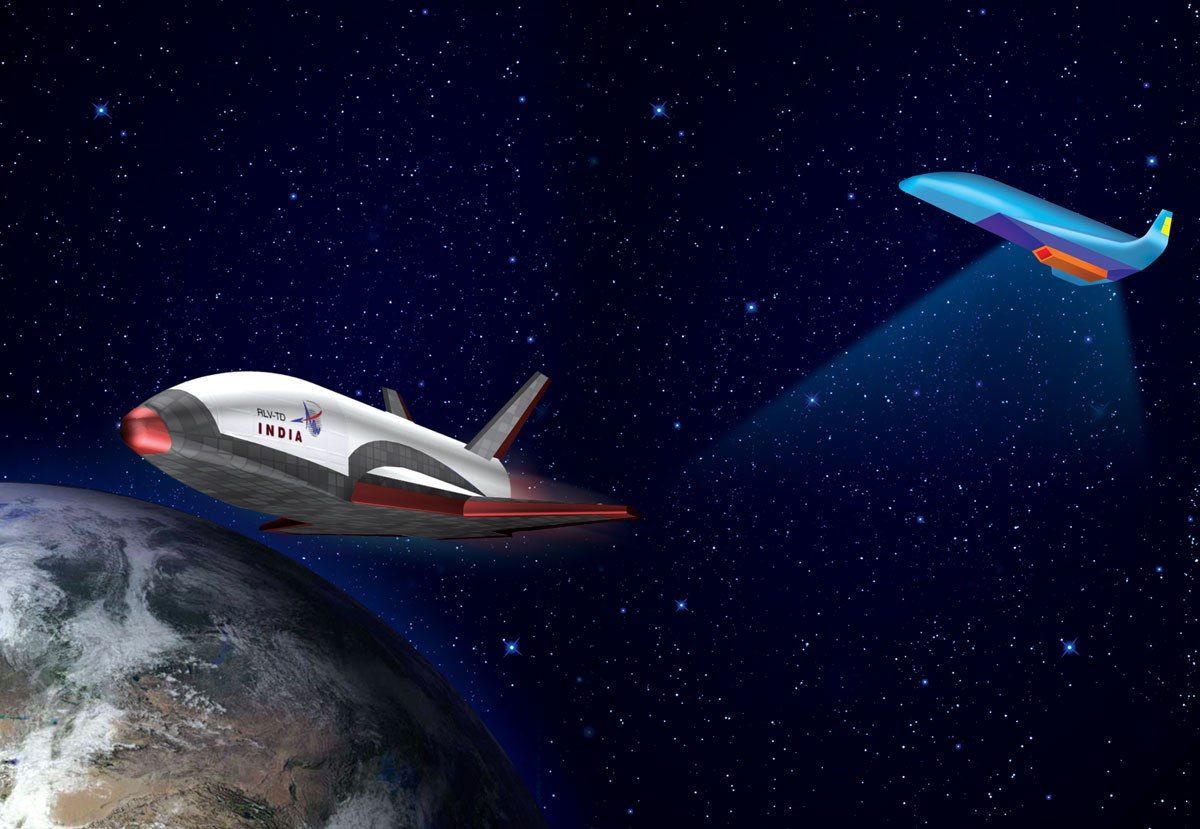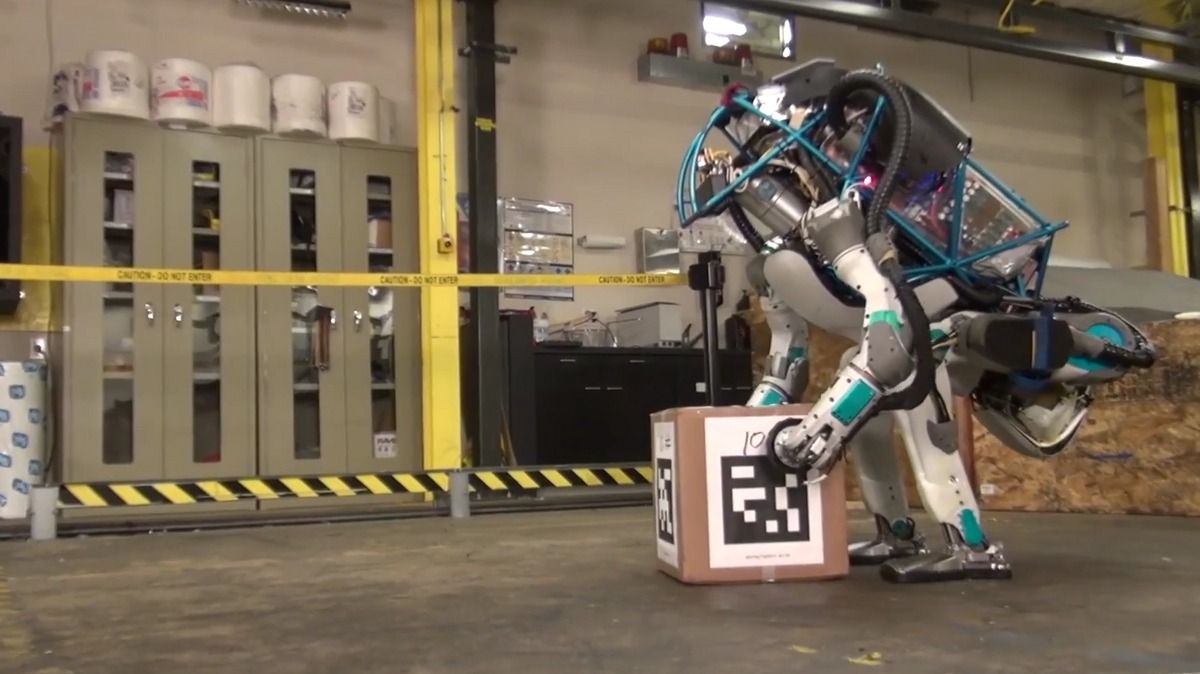
“Astronomy has been a tool of discovery since the dawn of civilization. For thousands of years, humans used the stars to navigate and find their place in the universe,” said physicist Eic Perlman on the Florida Institute of Technolgy in an post on NASA’s Chandra X-Ray Observatory blog. “Astronomy made possible the travels of the ancient Polynesians across the Pacific Ocean as well as measurements of the Earth’s size and shape by the ancient Greeks. Today, astronomers search for hints about what the universe was like when the universe was much younger. So imagine, for a second, what life would be like – and how much less we would know about ourselves and the universe – if the microscopic nature of space-time made some of these measurements impossible.”
Our experience of space-time is that of a continuous object, without gaps or discontinuities, just as it is described by classical physics. For some quantum gravity models however, the texture of space-time is “granular” at tiny scales (below the so-called Planck scale, 10–33 cm), as if it were a variable mesh of solids and voids (or a complex foam). One of the great problems of physics today is to understand the passage from a continuous to a discrete description of spacetime: is there an abrupt change or is there gradual transition? Where does the change occur?
The separation between one world and the other creates problems for physicists: for example, how can we describe gravity — explained so well by classical physics — according to quantum mechanics? Quantum gravity is in fact a field of study in which no consolidated and shared theories exist as yet. There are, however, “scenarios”, which offer possible interpretations of quantum gravity subject to different constraints, and which await experimental confirmation or confutation.
Continue reading “‘Two Worlds of Spacetime’ --Physicists Voyage Into the Quantum Foam (Wednesday’s Most Popular)” »

















